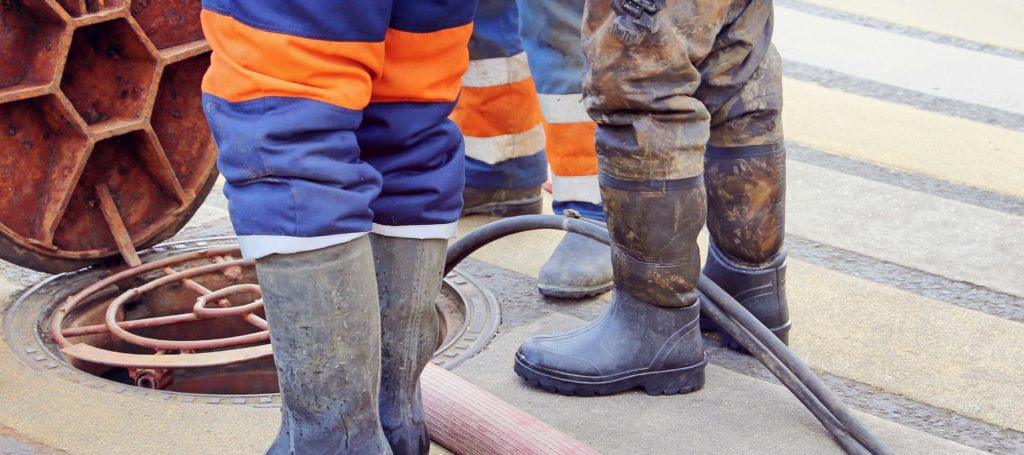California Restaurant’s Lack of Grease Interceptor Causing Sewer Spills
Got grease? According to a Sanitary District in California, a chain restaurant does. The sanitary district board of directors, which oversees trash and sewer services, held a special hearing morning to address sewer overflows from the restaurant. The board ordered the restaurant to flush out its system once a month with a powerful hydro jet. If a significant overflow happens again, the board said, it would require the commercial kitchen to install a grease interceptor.
In a 3-2 vote, the board eased back from staff’s recommendations and gave the restaurant one last chance to clean up its act. “We’re trying to be business-friendly,” one board member said.
According to district staff, the restaurant has had nine sanitary sewer overflows, in which untreated sewage spills onto the street, since 1997. No other restaurant in the district has experienced so many sewer overflows, the district General Manager said.
The sanitary district said grease clogged a pipe and obstructed sewage flow, leading to the spills. District staff tried to prevent overflows at the restaurant several times in the past 22 years, at times requiring that the restaurant video-record its pipe innards and increase its hydro jet cleanings from every three months to every two.
After the latest incident, the district notified the restaurant that another sewer overflow would warrant requiring a grease interceptor to catch the grease before it enters the wastewater system.
“It comes to a point when you say, ‘OK, enough is enough.’ Sewer spills are a threat to public safety,” the district General Manager said.
He played a video showing white gunk caked on parts of the inside of a lateral, the pipe that connects the restaurant’s plumbing to the city’s sewer main.
The owner of the restaurant said that the issue isn’t grease. He blamed the overflows on patrons and homeless people throwing excessive toilet paper, hand towels and other objects down the toilet.
“Usually that’s what happens — somebody washing themselves, cleaning themselves, taking a shower, really, in the restaurant,” he said.
Board members questioned the owner’s business practices, saying he should make the restrooms available only to paying customers. He said the restrooms are limited to customers, but cannot be patrolled constantly, since the restaurant is open around the clock.
The only grease that enters the system would be from washing the floor, he said.
The person who oversees the district’s food oil and grease program for the company EEC Environmental, pointed out that any food waste or grease from pots, pans, plates and utensils also would likely flow through the drain into the lateral.
Installing a nearly $50,000 grease interceptor — plus thousands of dollars in additional costs to temporarily close the restaurant — “really doesn’t make sense as a business,” the restaurant owner said. Instead, the restaurant will pay about $475 for the monthly hydro jet treatments.
“We take care about the public,” he said. “That’s something very important to us.”
To prevent your grease interceptor from getting clogged with food solids, consider installing The Drain Strainer. Invented by a former restaurant owner, The Drain Strainer still allows your sinks to drain quickly while capturing the food solids that would normally clog your pipes and grease interceptor. It also creates an air gap, so if the sewers back up, nothing can flow back up into your 3-compartment sinks.

